Archaeologists have opened 6 excavation pits and 8 test pits on an area of more than 60m².
The month-long excavation opened 6 excavation pits and 8 inspection pits on an area of over 60 square meters. The results showed that the Dai Cung Mon foundation has a rectangular plan, 23.72 meters long, 12.48 meters wide, including 5 compartments and 6 rows of columns. The system of bundle foundations, foundation pillars and traces of front and back steps were clearly revealed.
Archaeologists conducted 6 excavation pits and 8 test pits on an area of more than 60 square meters.
Notably, the main gate is 3.54m wide, located on the same axis as Dung Dao connecting Ngo Mon to Can Chanh Palace - an important spiritual axis of Hue Imperial Citadel.
In addition, archaeologists discovered 402 pieces of artifacts including architectural bricks and stones, glazed ceramics, and metal artifacts dating from the 16th to the early 20th century.
Many artifacts were discovered during the archaeological excavation of Dai Cung Mon.
Mr. Phan Van Tuan, Deputy Director of the Hue Monuments Conservation Center, said that this is an important survey step to prepare for the Dai Cung Mon restoration project - a project approved by the Provincial People's Council at the end of 2024. The project has a total cost of nearly 65 billion VND from the local budget, to be implemented in 4 years.
“Currently, the Dai Cung Mon ground has been completely destroyed, leaving no trace and even the ground surface was protected by layers of Bat Trang bricks in 1991. Based on the archaeological results, we have confirmed the location of the core system, shafts and materials used. We have a restoration plan, ensuring the inheritance of history, as well as the results provided by the archaeological side," said Mr. Tuan.
Dai Cung Mon is the main gate of the Forbidden City - the place where the king and concubines of the Nguyen Dynasty lived and worked. The building was built in 1833, under the reign of King Minh Mang, consisting of 5 rooms, no wings, 3 doors (the middle door is reserved for the king).
The Great Palace Gate before 1947
The Great Palace Gate was built with great care by the best artisans of the Nguyen Dynasty. The front facade is gilded with gold and decorated with the Eight Treasures, the Four Sacred Animals, and royal poems and literature. The back facade has two corridors, the Left and Right, nine rooms long, covered with blue glazed tiles, connecting to the auxiliary structures in the Imperial City.
On top of Dai Cung Mon hangs the sign “Can Thanh Palace”, marking the entrance to the residence of the Nguyen Dynasty emperors. Together with Can Chanh Palace, Dai Cung Mon was completely destroyed in 1947 due to war.
The restoration of Dai Cung Mon - the symbolic main gate of the Forbidden City - has great significance for the preservation of the heritage of the ancient capital of Hue, contributing to the recreation of the Nguyen Dynasty royal palace space, serving the research and development of cultural heritage tourism .
VAN THANG
Source: https://www.sggp.org.vn/nhieu-phat-hien-quan-trong-tai-dai-cung-mon-trieu-nguyen-post792152.html


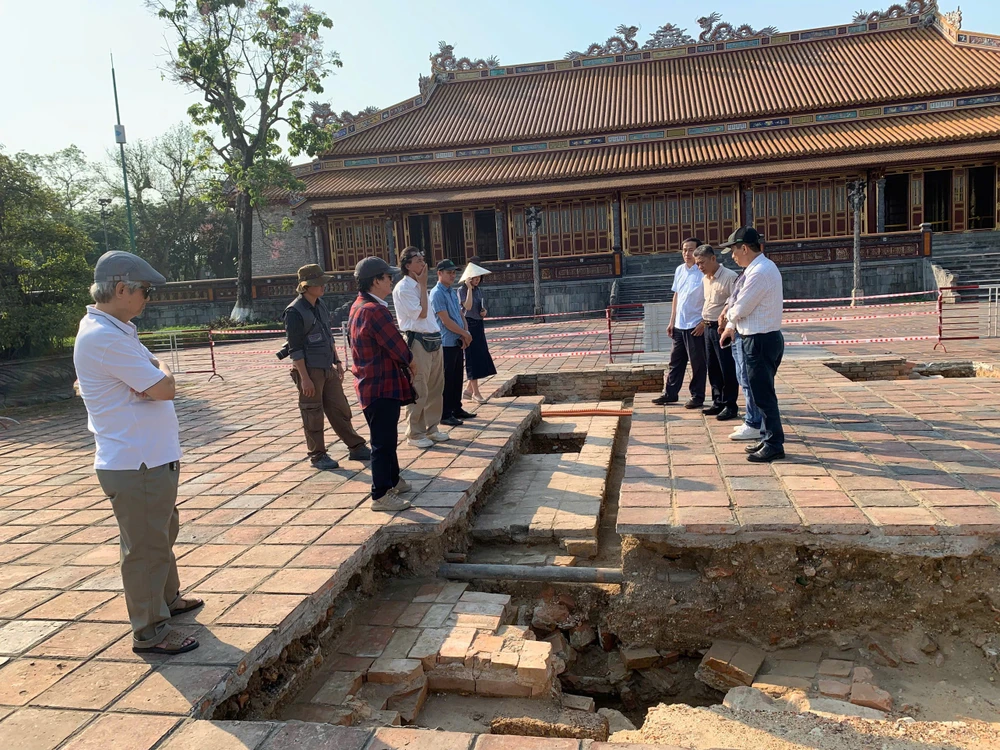
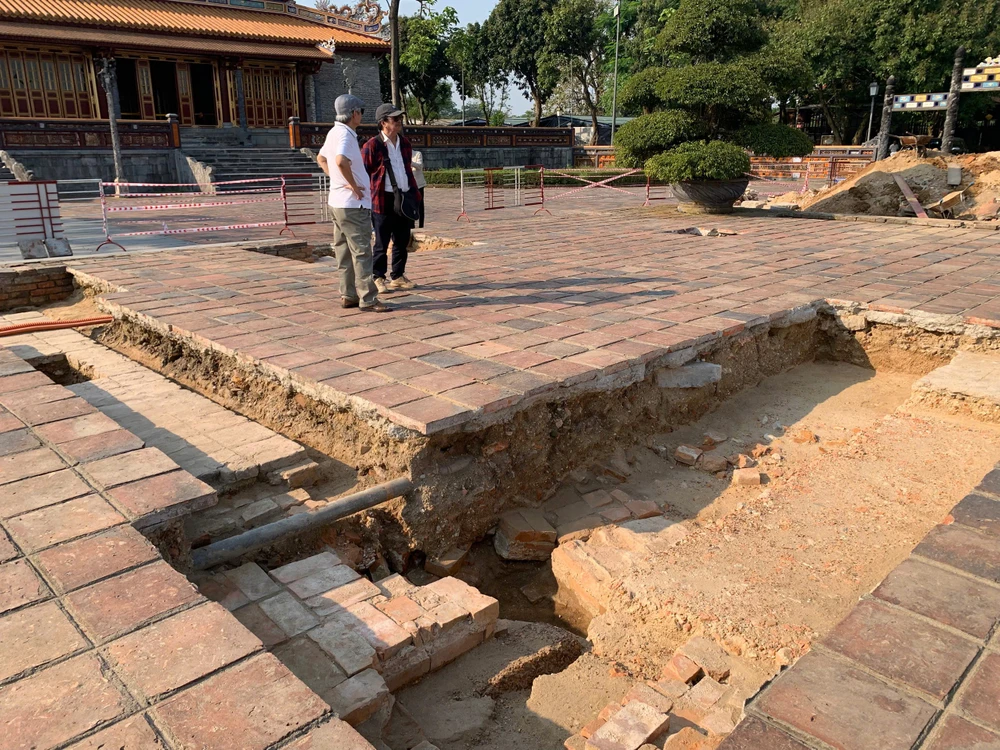
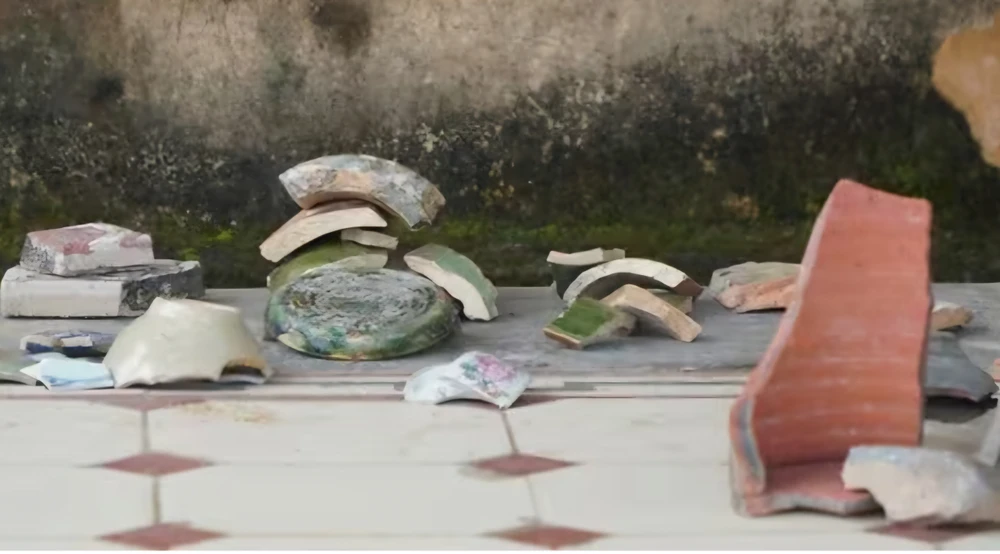

![[Photo] Ca Mau "struggling" to cope with the highest tide of the year, forecast to exceed alert level 3](https://vphoto.vietnam.vn/thumb/1200x675/vietnam/resource/IMAGE/2025/11/04/1762235371445_ndo_br_trieu-cuong-2-6486-jpg.webp)
![[Photo] Panorama of the Patriotic Emulation Congress of Nhan Dan Newspaper for the period 2025-2030](https://vphoto.vietnam.vn/thumb/1200x675/vietnam/resource/IMAGE/2025/11/04/1762252775462_ndo_br_dhthiduayeuncbaond-6125-jpg.webp)

![[Photo] The road connecting Dong Nai with Ho Chi Minh City is still unfinished after 5 years of construction.](https://vphoto.vietnam.vn/thumb/1200x675/vietnam/resource/IMAGE/2025/11/04/1762241675985_ndo_br_dji-20251104104418-0635-d-resize-1295-jpg.webp)
![[Photo] Comrade Nguyen Duy Ngoc holds the position of Secretary of the Hanoi Party Committee](https://vphoto.vietnam.vn/thumb/1200x675/vietnam/resource/IMAGE/2025/11/04/1762234472658_a1-bnd-5518-8538-jpg.webp)
![[Photo] Ho Chi Minh City Youth Take Action for a Cleaner Environment](https://vphoto.vietnam.vn/thumb/1200x675/vietnam/resource/IMAGE/2025/11/04/1762233574890_550816358-1108586934787014-6430522970717297480-n-1-jpg.webp)
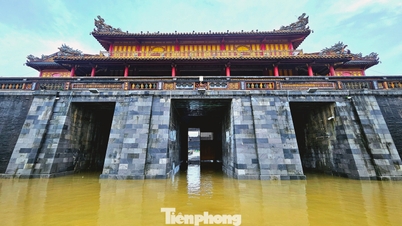







































































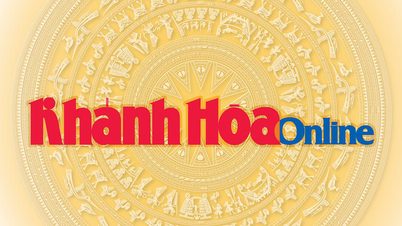



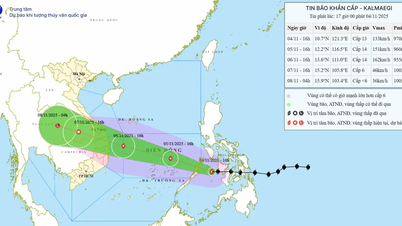
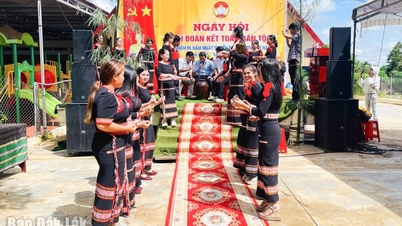
















Comment (0)